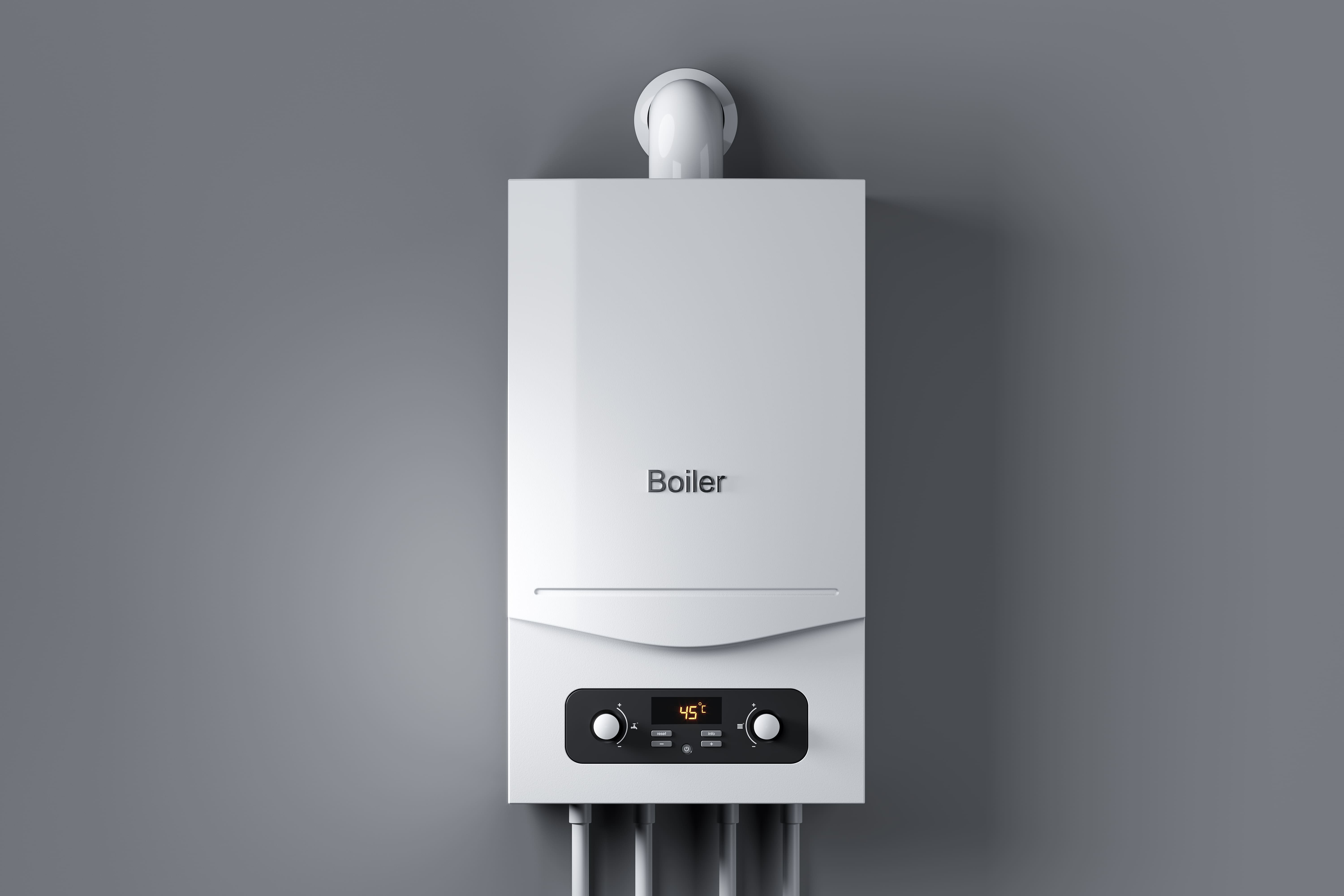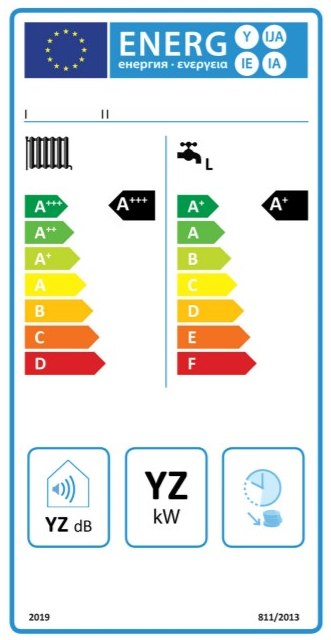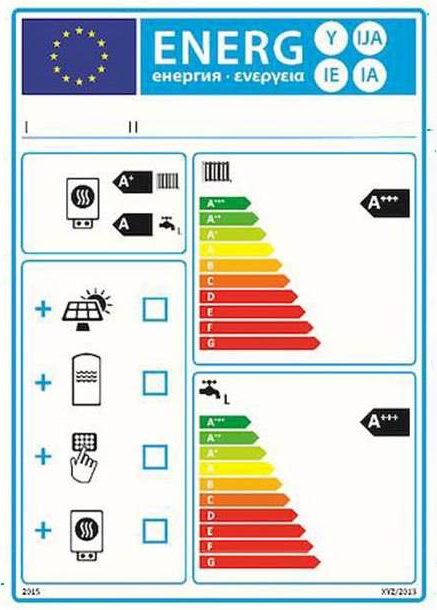
Boiler energy efficiency explained
The energy class is one of the aspects to take into consideration immediately when we decide to buy a new boiler. In fact, according to its classification, energy efficiency and consumption change. Let's find out together how to choose the right one and what to evaluate before making the purchase.
What is energy efficiency for a boiler?
The energy efficiency class indicates the subdivision of the consumption scale as established by authorities. With boilers, the energy class indicates how much energy is transferred to the water or air to then circulate it in the heating system pipes.
In particular, the EU Regulation 811/2013 introduced a double standard ErP label that helps the buyer in the purchasing process: one for the heat generator and one for the whole plant, named "system". ErP replaced the SEDBUK rating system in 2015, but still many manufacturers adopt the latter one:
- by heat generator we mean devices such as traditional and condensing boilers, heat pumps, water heaters and hot water tanks;
- the system label, on the other hand, refers to the system made up of the boiler or water heater, control devices, any tanks and solar panels.
A boiler label is divided into three sections.
- Section 1 identifies the device. We can find the manufacturer's name or brand, with the model’s name. An icon informs us that the boiler works both in space heating mode (the water supply for the radiators) and for the production of domestic hot water.
- Section 2 shows the device’s energy efficiency class. There are two scales of energy efficiency classes: the one valid for environmental heating and the one for domestic hot water heating.
Here we see the graduated scale: a series of arrows of increasing length and different colours, from green to red, associated with the letters ranging from A+++ to G. The combination of the shorter green arrow and the abbreviation A+++ identifies the appliances with the lowest consumption. Finally, the black arrow on the right highlights the boiler’s energy class. - Section 3, again with icons, indicates:
- the sound power level that allows you to evaluate the noise level of the device, expressed in decibels;
- the nominal thermal power in kW;
- the programming option for the production of hot water.

The system label, on the other hand, considers the system’s group of devices and components. It has 4 sections.
- Section 1 identifies the device. It contains the manufacturer's name or brand as well as the model name. An icon shows that the boiler is operating as room heating.
- Section 2 shows the boiler’s energy efficiency class. In this case, unlike the previous labelling, we find two scales: one to indicate the efficiency for space heating and one for that of domestic water heating. Values range from A+++ to D.
- Section 3 shows the energy efficiency class of the main heat generator.
Section 4 houses the icons that show the components that can be connected to the system: solar panels, boilers, thermoregulators and secondary generators.

What is energy efficient Class A?
To understand the efficiency of a boiler, it is necessary to know the ηs% value, i.e. the seasonal space heating energy efficiency. If a boiler claims to have a value that goes from 90% and rises above 150%, then it belongs to class A. Almost all the energy is thus used to generate heat.
As we have seen, the label on our device informs us which energy class it belongs to, thanks to the arrow positioned in correspondence with the graduated scale.
If we decide to replace our old boiler with a new one, then it is better to consider a condensing boiler. In fact, this belongs to a technologically advanced generation because it uses 100% of gas combustion power, saving between 15 and 18% of the thermal energy which is dispersed in the form of fumes and water vapour.
Condensing boilers’ prices vary from £ 500 to £ 1,700. The more sophisticated models cost over £ 4,000.
How many energy classes can you get by changing the boiler?
Condensing boilers have a significant impact on energy savings, both in the environmental heating function and in the production of domestic hot water. If the radiators are equipped with thermostatic valves, the impact is even higher.
To improve the energy class of your home, however, it is not enough to intervene only on the heating system. Among the options to be taken into consideration, there are the external insulation and the replacement of double glazing with triple glazing, especially if you live in a building with a low energy class such as G or F.






